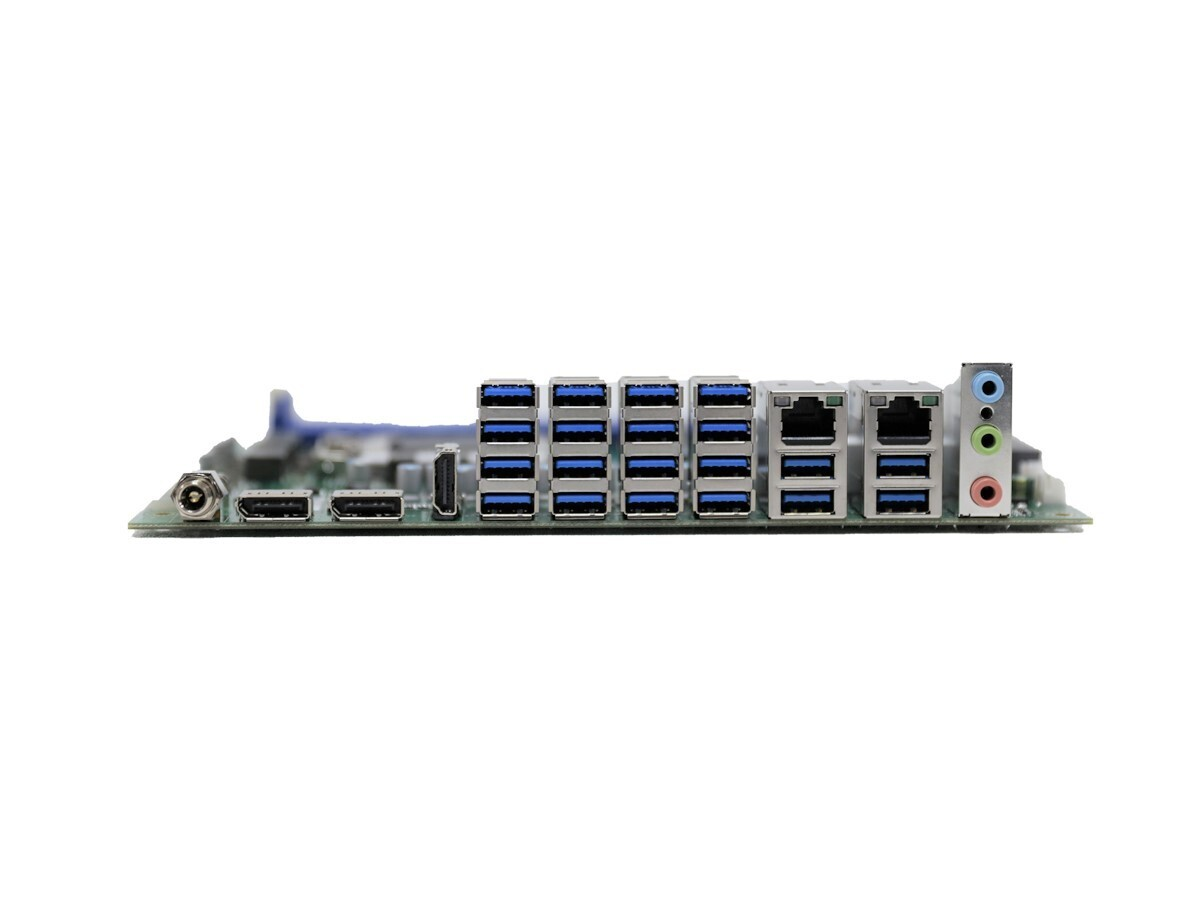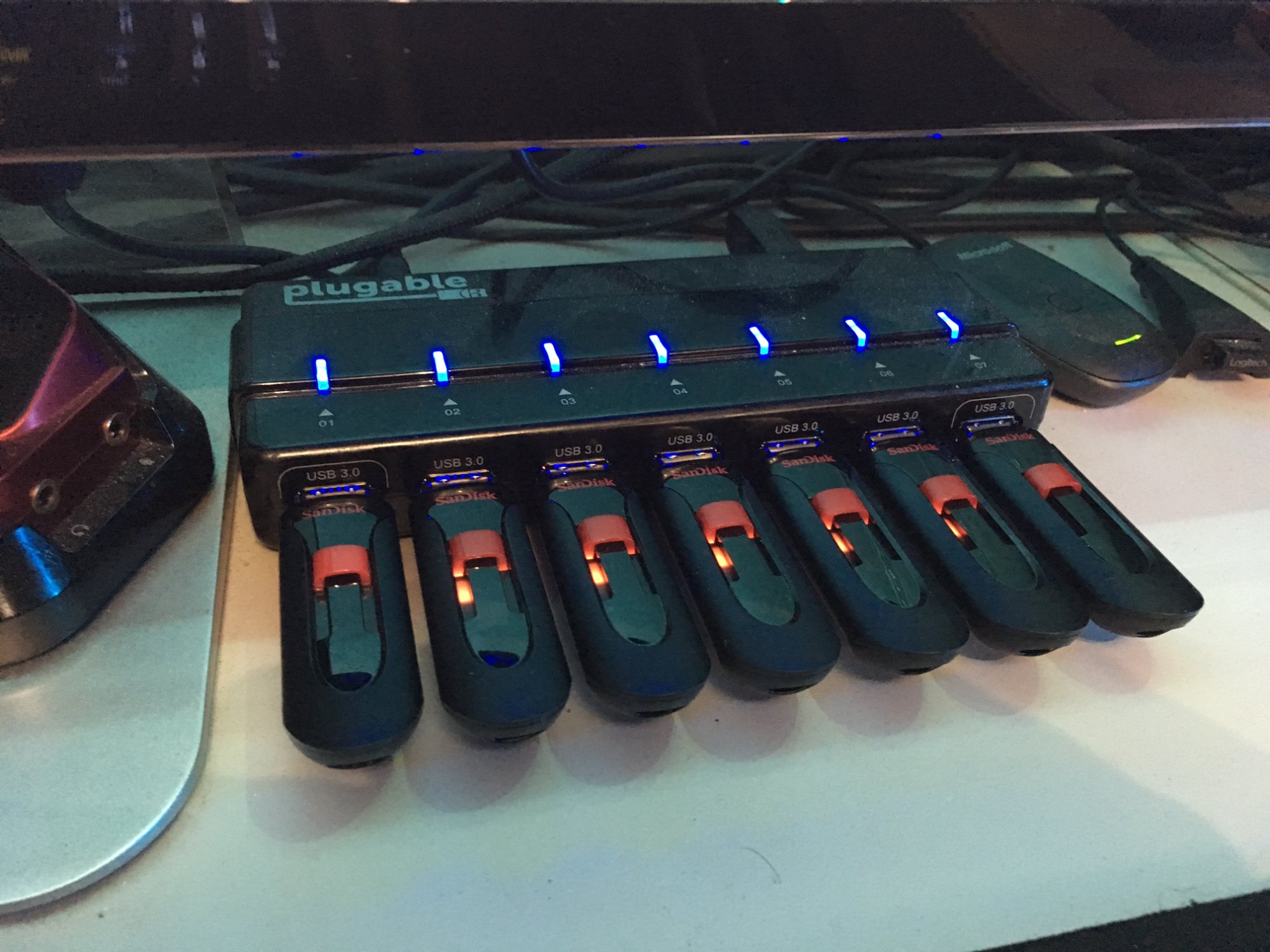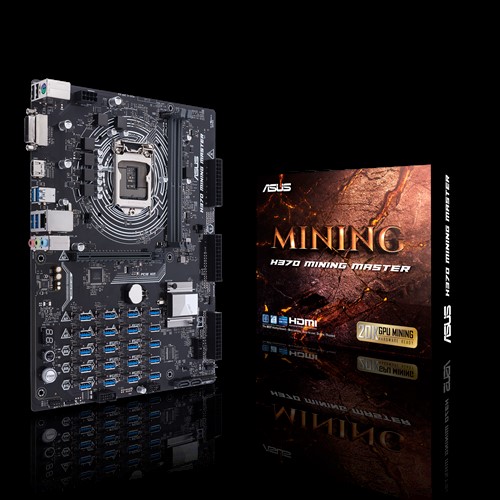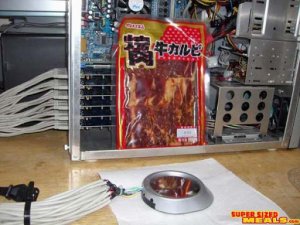erek
[H]F Junkie
- Joined
- Dec 19, 2005
- Messages
- 10,894
Not even USB 3.1 Gen2 / USB 3.2 
"Portwell has put an astonishing 20 (you read that right) USB 3.1 Gen1 ports on the board, which you can run at a full 5 Gbit/s data signaling rate at the same time. The board doesn't use any splitting technology so you are getting the full bandwidth. To get that many ports to run at full capacity, Portwell has presumably re-routed chipset lanes for SATA 3 connectors and used them for USB ports, leaving only two SATA 3 ports. The board is built for the FlexATX form factor and features a sideways PCIe 3.0 port. Being built for Xeon, the board also features support for ECC memory and up to 128 GB of it. While the pricing is not yet available, you can get a quote on Portwell's website."

techpowerup.com/272380/portwell-builds-intel-xeon-motherboard-with-20-usb-ports
"Portwell has put an astonishing 20 (you read that right) USB 3.1 Gen1 ports on the board, which you can run at a full 5 Gbit/s data signaling rate at the same time. The board doesn't use any splitting technology so you are getting the full bandwidth. To get that many ports to run at full capacity, Portwell has presumably re-routed chipset lanes for SATA 3 connectors and used them for USB ports, leaving only two SATA 3 ports. The board is built for the FlexATX form factor and features a sideways PCIe 3.0 port. Being built for Xeon, the board also features support for ECC memory and up to 128 GB of it. While the pricing is not yet available, you can get a quote on Portwell's website."

techpowerup.com/272380/portwell-builds-intel-xeon-motherboard-with-20-usb-ports
![[H]ard|Forum](/styles/hardforum/xenforo/logo_dark.png)




